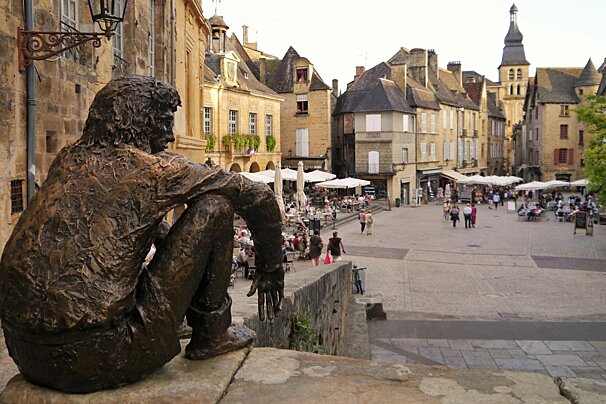
European Heritage Days
Exceptional locations around France, including Antibes, will be open to visit on the Journées du Patrimoine - a European wide event inspired by by France’s Journées Portes Ouvertes which started in 1984.
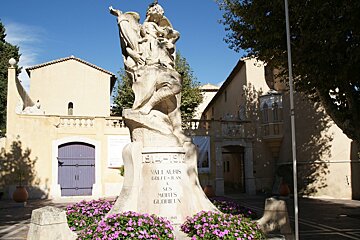
© Wikimedia
A great area between the towns of Cannes and Antibes
The commune is known as Vallauris Golfe-Juan, combining the traditional charm of the pottery capital of the Riviera, Vallauris, which sits inland, with the seaside resort and sandy beaches of Golfe-Juan.
It most recently came to prominence when Picasso lived here from 1948 to 1955. He created many sculptures whilst here and encouraged local artisans to embrace ceramics, reintroducing local pottery traditions from the 17th century. Workshops, galleries and boutiques continue the pottery heritage today. The Municipal Museum of Ceramics is housed within the Chapel of the Castle and also contains Picasso's 'War and Peace' fresco.
Golfe-Juan is perfectly located in the Côte d’Azur, in a large bay just a short distance from Juan les Pins and Antibes, in between the beautiful cities of Nice and Cannes. Made up of narrow wonderful sandy beaches this bay is home to many large yachts with its popular marina, Port Camille Rayon, being the hub of this beautiful town.
Full of history, culture and arts, you can discover the beautiful ceramic pieces that Golfe-Juan and Vallauris are famous for. With a host of galleries and museums, beautiful architectural buildings and traditional workshops you can soak up the culture and history of this area.
Wander the streets and enjoy the charm of this French Riviera port. In the daytime the beaches are lined with umbrellas and people enjoying the sun, sand and beautiful blue sea. At night time the town turns into a hub of restaurants, bars and clubs; with the tourists and locals sitting down to enjoy a long leisurely Provençal dinner and the young chic fashionable crowds sipping on cocktails looking out at the port.
Perhaps one of the most popular events in the annual calendar of Vallauris Golfe-Juan is the celebration and re-enactment of the landing of Napoleon.
If markets are your thing then you are in the right part of France, the Côte d’Azur and Provence are known for their fantastic markets. The food market is held every day except Mondays in the mornings in the centre of Vallauris at Place Paul Isnard and you can browse the stalls for fresh fruit, plump olives and wonderful Provencal meat. For fresh fish caught that morning head down to the old port nice and early and depending on the fisherman and their catches you can pick up some delicious catches from that day. Antibes is a place known for its creativity and arts and in peak season in July and August you can stroll the promenade in the evenings and experience a market full of artistic pieces and craft goods bought from the artists themselves.

Exceptional locations around France, including Antibes, will be open to visit on the Journées du Patrimoine - a European wide event inspired by by France’s Journées Portes Ouvertes which started in 1984.
The town of Vallauris was created in 1501 to a very specific grid style as a defensive strategy to protect the town from invaders. A castle was then built in 1568 on the site of a previous monastery. The area was particularly active during the 1800's with the landing of Napoleon in 1815 at Golfe-Juan, the first train arrival in the area in 1862, pottery making reaching its height during the latter half of the century and the building of the port in 1896.
With Picasso's influence during the 1940's and 50's, and the gift of his famous sculpture 'War and Peace' to the French State, Vallauris was given a national museum and later opened a public art gallery.
Golfe-Juan is very much linked in history to Juan les Pins and Antipolis, or Antibes as it's now known. The early history of Golfe-Juan is rather lost in time, and not much is known about what happened in the first few centuries. However it is known that in 1480 the Antibes region was riddled with the plague and a huge number of the population were wiped out, leaving many towns and cities to start again.
In 1501 Vallauris and Golfe-Juan were occupied and started to rebuild once again, encouraged by Lord Raynier, families from neighbouring Italy settled in the area and it slowly started to repopulate and become a bustling village. In 1568 the castle of Vallauris was built in a Renaissance style and still stands today as a monument to the Renaissance time.
The beautiful Port Camille Rayon was originally built in 1896 opening up the whole area to shipping trade and creating a new dynamic for the Golfe-Juan and Vallauris.
Vallauris Golfe-Juan is now soaked in culture, with artists and elites residing here. Picasso created many exceptional art pieces during his time here, including his ‘Temple of Peace’ and the ‘War and Peace’ monument painted inside the temple. With a history of ceramic and pottery art this region is known for its artists and creativity, remaining a popular spot for artists of many trades today.
Head to the castle of Vallauris, which has been converted into a collection of museums and galleries.
Visit the National Picasso museum with the famous Picasso mural called ‘War and Peace’ in the castle's chapel. Picasso created over 4,000 ceramic works during his time in Vallauris; there are many of his works and famous plate series on display here.
The Magnelli Museum sits in the most modern part of the castle and is a combination of Alberto Magnellis abstract artwork.
Back in the village there is a bronze statue by Picasso called Man with a Sheep, which Picasso insisted children be allowed to climb upon (which they do).
Finally, visit the Ceramics Museum which houses a number of historical and fascinating ceramic collections.
Back on the coast in Golfe Juan, see the start of Napoleon's famous 'Route Napoleon' at the statue 'Napoleon's Column'; each year in March the town of Golfe Juan celebrates Napoloen's landing with a parade and re-enactment.
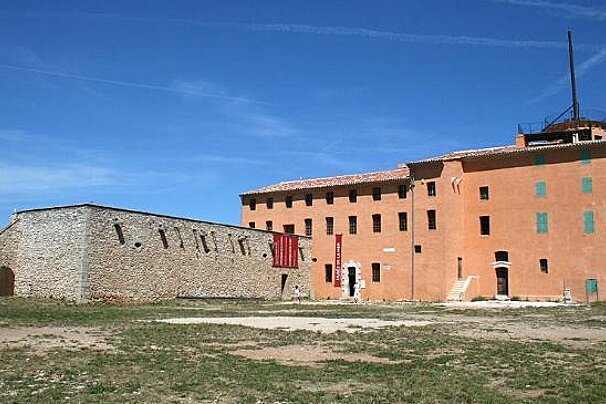
Situated within the Royal Fort on Ile Sainte-Marguerite in the Bay of Cannes, this museum is a place not only of learning but also of rich history.
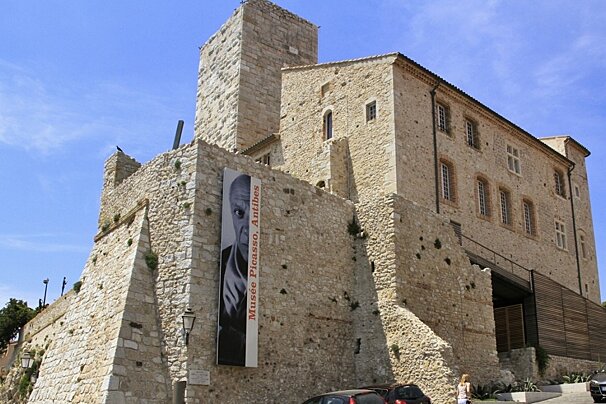
The Picasso museum is housed in the Chateau Grimaldi in the centre of the town of Vallauris. The chateau was built over a Roman fort in the 16th century.
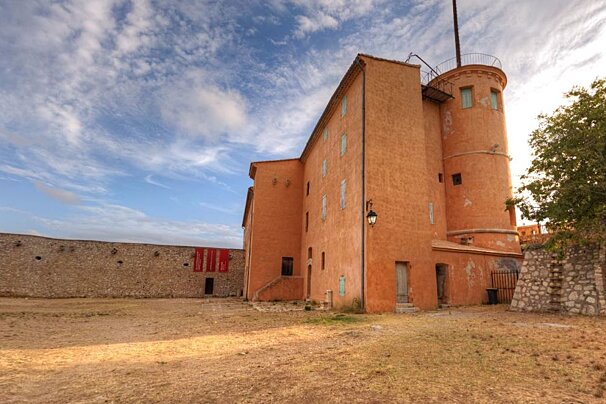
In 1617, the Duke of Guise gave Jean de Bellon the task of building a fort intended to block sea access to Cannes. Constructed between 1624 and 1627 on the site of remains that dated back to Roman antiquity, at the time it was nothing more than a simple fortified house.
The beautiful sandy beach at Golfe Juan provides the perfect place to spend a day soaking up the sun, splashing in the sea and watching the sunset, perhaps with a cocktail in hand.
There are a number of excellent beach clubs with restaurants, or grab a picnic and head to a public stretch of beach. You can also try your hand at water skiing, banana boating, wakeboarding and other water sports and the bay of Golfe-Juan is a popular dive spot with numerous dive sites nearby.

This relatively narrow sand beach is a beach of two halves. The town end is mostly taken up with beach clubs offering a pricey, decadent day lolling about on a deckchair or a pontoon.

This is the main beach of Juan-les-Pins, and it’s also one of the widest. This is a great beach with lots of sand, a great view and a buzzing energy in the summer months.
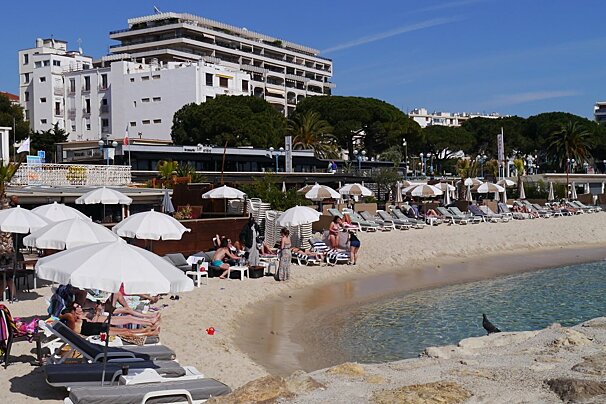
This is a relatively narrow sand beach, backed by the Promenade du Soleil. It’s got a nice view across the bay and is very central to town.

The FEE (Foundation for Environmental Education) is a non-profit organisation that awards the sought-after Blue Flag label. And if you're planning a visit to Antibes and its beaches you'll be pleased to know that it has some Blue Flag beaches.

Stretching from the Café de la Plage on Boulevard Edouard Baudoin to the Square Franck Jay Gould, this public beach offers one of the widest sections of beach in Juan les Pins.

This little local’s hangout is found just next to Port Gallice, at the very start of the Cap d’Antibes. It’s a pretty peaceful place as is a long way from the road, with a more secluded feel than the open Juan les Pins beaches.
Golfe-Juan has a range of restaurants, from the relaxed and trendy beach restaurants to those restaurants serving fresh Mediterranean cuisine in a traditional and romantic setting.
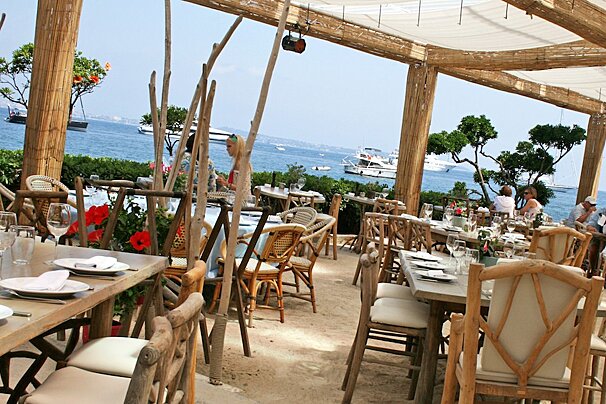
Located just off the coast of Cannes, on the island of Sainte Marguerite is the beautiful La Guerite restaurant.
There is plenty to do when in Vallauris Golfe-Juan, being a busy port and a hot spot for holidaymakers there is something to keep everyone entertained. Not only can you browse the local markets, enjoy the shops and spend hours lying on a beach soaking up the sun you can also explore some of the museums and learn more about the history of this seaside area.
Situated right next to Juan les Pins, Antibes, Nice and Cannes you can explore the surrounding area simply by hopping in your car or catching a bus. The wonderful coastline stretches out for miles, hire a bike, explore on foot or just take a coastal drive to discover the beautiful scenery. We highly recommend going into the hills of Cap d’Anitbes and exploring some of the beautiful villas and houses tucked into the hills with fabulous views stretching out over the Mediterranean. Another great way to see the area is on a hire a scooter. The perfect way to enjoy the warm summer air, sea breeze and to explore the coastal areas and up into the Provençal countryside villages.
If you're after something more active, head to the coast and enjoy a number of watersports, try your hand at water skiing, banana boating, wakeboarding and other water adventures. The bay of Golfe-Juan is a popular dive spot, with numerous dive sites near by, so why not try out some of the local diving school and see the area from under the water...the beautiful sandy beaches and blue sparkling Mediterranean provide the perfect place to spend a day soaking up the sun, splashing in the sea and watching the sunset. There are a number of excellent beach clubs with restaurants or grab a picnic and head to a public beach.
Children and families will also enjoy Marineland waterpark which is a short drive from Vallauris Golfe-Juan where you can see creature of the sea, watch an animal show, enjoy some thrills on a water ride and play adventure golf.
If you want to discover more of the French Riviera or ocean then what better way to explore than by hiring a boat or yacht for the day. There are a number of luxury companies who will take you along the coast exploring the ocean and neighbouring famous towns such as St Tropez. Anchor out at sea and enjoy a Mediterranean lunch in the peace and calm of the ocean or hop of the boat and explore the towns and villages.

Based in Cannes, motorbike and scooter rental so you can explore the South of France.
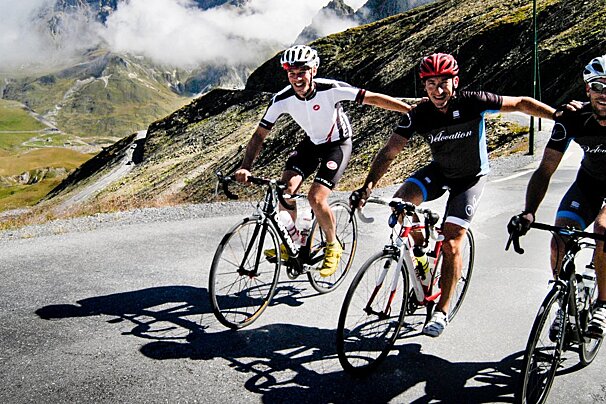
This company is based in Cannes and offers a wide range of road bikes, with delivery available to Antibes.

Airxkite offers full courses on kite surfing, including theory and practical. All Airxkite classes in the water take place between April to November.
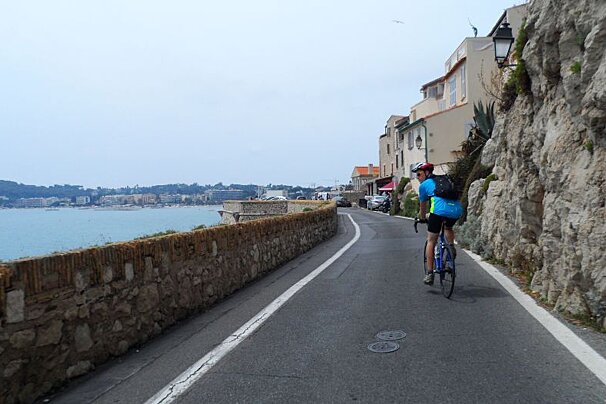
Leaving Cannes and travelling east along the coast allows you to enjoy the Cap de la Croisette just outside of the centre of Cannes as well as the towns, villages and seaside resorts that are scattered along the Cote d'Azur. A good train service ensures that your journey does not need to be a return, but merely a one way trip.
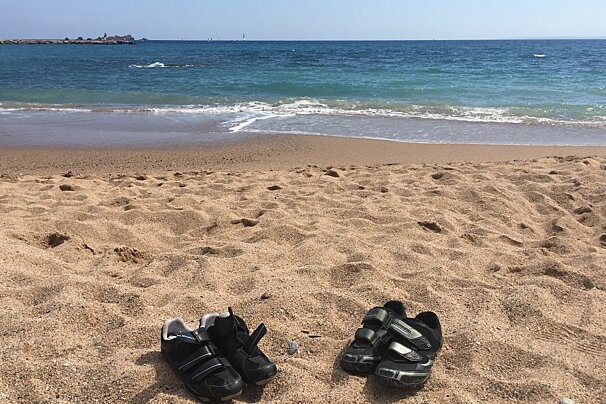
There is no other way to discover the stunning coast of the Cote d’Azur than by bike. This bike ride is not the most challenging, as no serious hills are conquered, but it is a stunning way to explore the coastal towns of the Cote d’Azur.
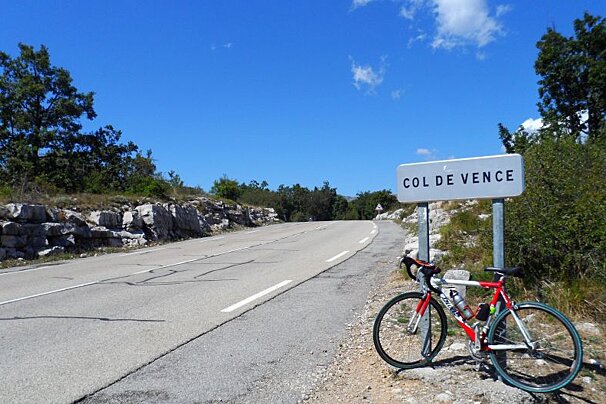
A challenging ride up a steep mountain pass to a summit of 963m, the Col de Vence is a classic cycling route of the Cote d’Azur. Starting from Nice along the Promenade des Anglais, follow the cycle path past the airport to Cagnes-Sur-Mer; you’ll know you’ve reached Cagnes-Sur-Mer when you come to a long stretch of seafront and a dangling rhinoceros (you’ll understand when you see it), turn right up Avenue General Leclerc - it’s the second road after the church.
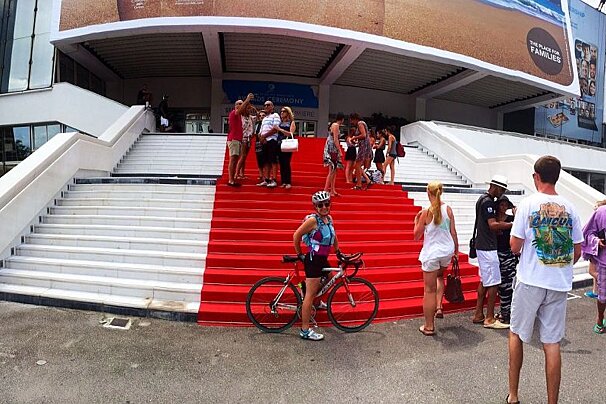
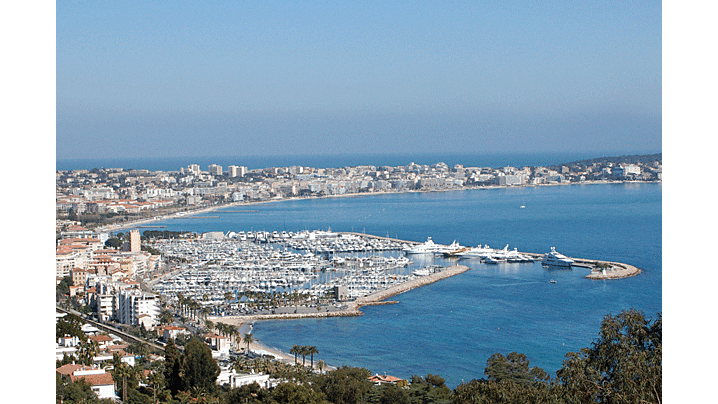
The Cordula was created by the Ligurians, then occupied by the Greeks and Romans before being burned by the Barbarian invasions of the 4th century. The wooded parkland now lies lust north of the coast at Vallauris and offers shade on sunny days.

When you think of the Cap d'Antibes you tend to think prestigious villas and residences for billionaires, nestled in the green oasis of the peninsula.

This enjoyable half-day hike follows a river linking two of the region’s most beautiful towns, Valbonne and Biot.

Perched at nearly 500m above sea level this historical site once housed Romans in tents as they overlooked the land below.

Airxkite offers full courses on kite surfing, including theory and practical. All Airxkite classes in the water take place between April to November.

12 km from Cannes, modern villa situated in a residential estate calm on a garden of 1500 m².

In Cap d'Antibes, 300m from the sea and the beach in a residential area, nice single storey villa located on a 1200m² enclosed garden with BBQ and private salt pool (9m x 4m - Depth 100/220cm

7 km from Antibes, in the village of Villeuneuve-Loubet, in the residential area, beautiful modern villa situated on the plot of 800m².
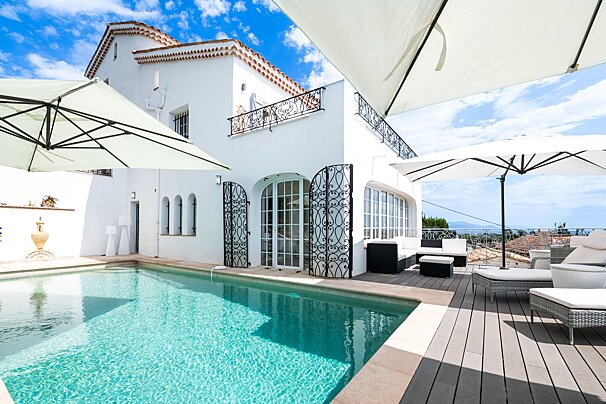
Villa Bellevue does not bear this name without reason. You live here high on the slopes of Vallauris, the place where Picasso lived and worked for many years.

Located in Vallauris, 10 km from Cannes, in a leafy residential area with sea view, luxurious villa set in 2500 m² of wooded, fenced grounds.

In the area of Roquefort les Pins in 6 km from Valbonne, in a residential and green area, nice villa on a land of 2600 m².
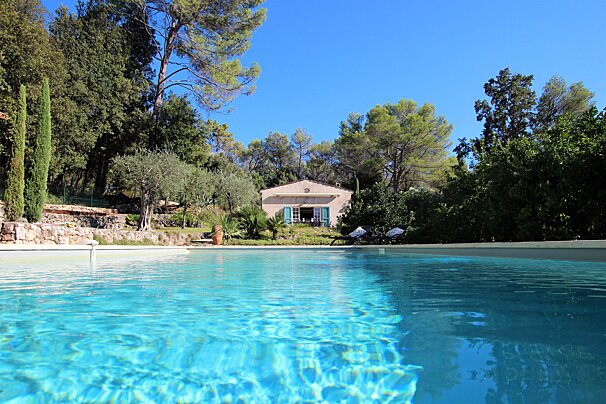
At 6km from Valbonne, in the commune of roquefort-les-pins, in a quiet area, charming villa situated on a plot of land of about 2100 m².

Located on a quiet street just one block away from the stunning French Riviera, the 1-bedroom Lovely Terrace 5B Sweet Inn vacation apartment offers a stylish abode in one of Juan les Pin’s best areas.

7 km from Antibes, in the village of Villeuneuve-Loubet, in the residential area, beautiful modern villa situated on the plot of 800m².

Located on a quiet street just one block away from the stunning French Riviera, the open studio Lovely and Cosy 7G Sweet Inn vacation apartment offers a stylish and comfortable abode in one of Juan les Pin’s best areas.

12 km from Cannes, modern villa situated in a residential estate calm on a garden of 1500 m².

Located on a quiet street just one block away from the stunning French Riviera, the 1-bedroom Lovely Riviera 4F Sweet Inn vacation apartment offers a stylish and comfortable abode in one of Juan les Pin’s best areas.
Ideally located on the coast of the beautiful Mediterranean and with the town of Vallauris sitting in the hills behind it, there are plenty of lovely places to stay that provide peace or calm or put you in the heart of the bustling port.
Golfe Juan and Vallauris are home to a number of cosy and beautiful B&B’s that provide exceptional comfort and reasonable prices.
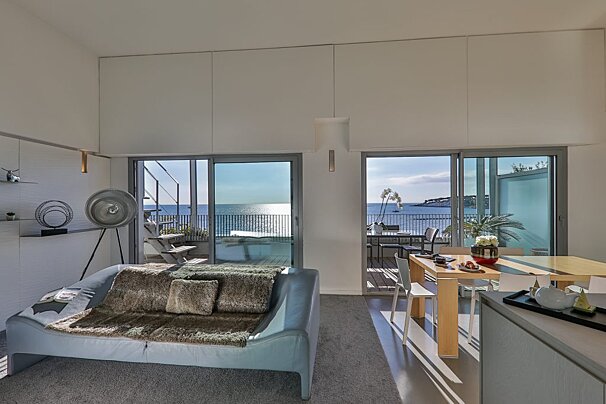
The only seafront hotel in Antibes town centre, Royal Antibes offers chic, modern rooms and apartments, a private beach, a restaurant, a luxury spa, and top-tier service from a passionate team.

A charming and historic four-star villa in the heart of Juan-les-Pins, offering an intimate retreat where Mediterranean elegance and relaxed luxury come together.

Set in a secluded, tranquil location surrounded by ancient oaks, olive trees, oleanders, and the sweet fragrance of jasmine, it’s easy to see why this peaceful haven was a favourite of Picasso.
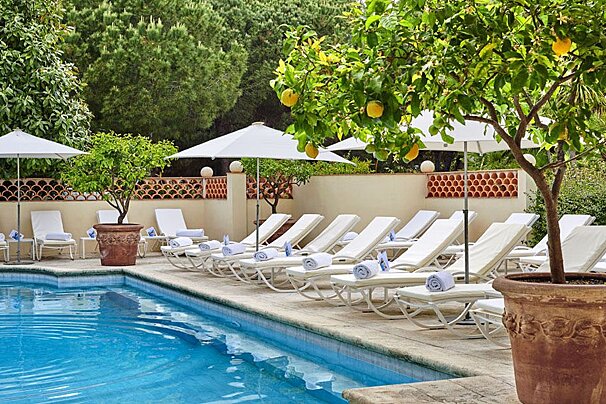
Hotel Juana is a stylish 1930s landmark offering timeless elegance, refined service, and an enviable location on the French Riviera.
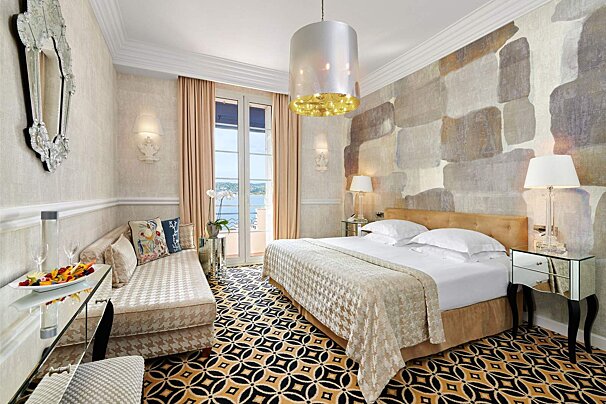
Hôtel Belles Rives, a historic Art Deco gem, offers luxury and comfort in the heart of Cap d’Antibes, with a Michelin-starred restaurant and stunning seaside views.
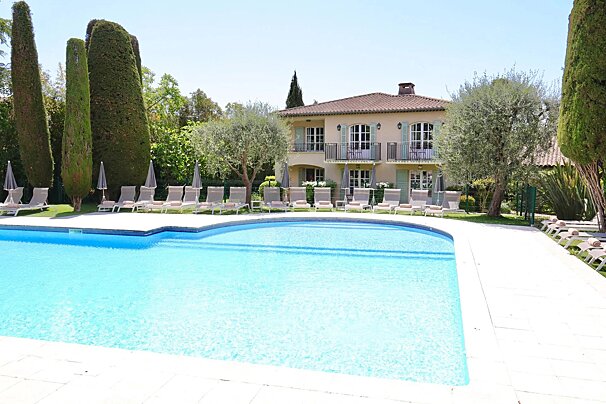
Set in a historic 18th-century bastide, the four-star Hôtel de Mougins offers a tranquil retreat in the heart of Provence. Surrounded by Mediterranean gardens and filled with Provençal charm, it’s the perfect base for unwinding and exploring the Côte d’Azur.

From Nice airport to Antibes, they handle the rest. The Côte d’Azur's most trusted private transfers.
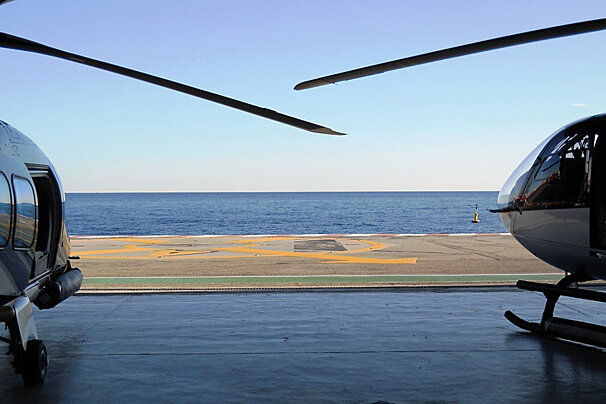
With a long history and experience in the VIP transport industry this company is proud of its personal and high-quality services.
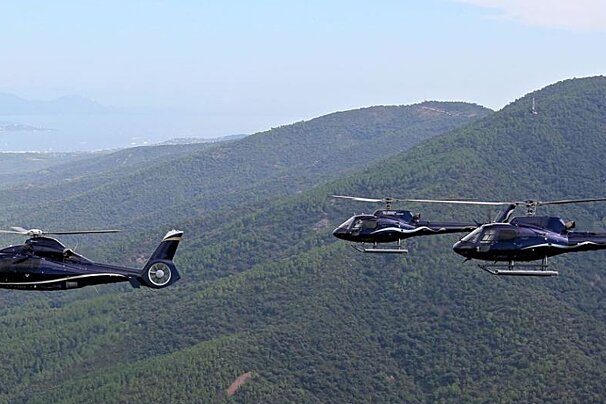
Heli Securite offer transfers on a helicopter from the airport to your yacht or various destinations in and around the Cannes area, St Tropez and Monaco. In addition to this they also service all of the main French ski resorts from their base in Courchevel.

Created in 1976 this company has grown and has now transported well over 100,000 passengers. They have a fleet of 12 craft to meet client demands.

Car Riviera offers a range of cars available for hire with a driver to chauffeur you either to and from the airport, for sight seeing trips or just to and from dinner so you can sit back and relax. Large vehicles such as Espace and Multi vans are at your disposal.

With an International fleet of jets and helicopters based across Europe it is quick and easy to get a private charter flight for business, pleasure or an airport transfer.

A superb, completely refurbished apartment, boasting stunning sea views.


Golfe-Juan - Belle Époque Villa with Sea View, Walking Distance to Beaches
Find out all about what is happening in Antibes and how to make the most of your time here. The latest news, reviews of fun activities, fabulous beaches, current events and the trendiest restaurants, as well as interviews with leading locals, insider's guides and our top choices for things to do, see and experience in this charming Riviera town.
See allLatest News & ReviewsYou will not be short of entertainment in this beautiful French Riviera town, especially during the summer. Markets are very popular, selling everything from local produce to arts & crafts and second-hand objects. There are also plenty of cultural and musical events, including world-famous festivals like Jazz a Juan, as well as regattas and other sports competitions.
See allUpcoming Events